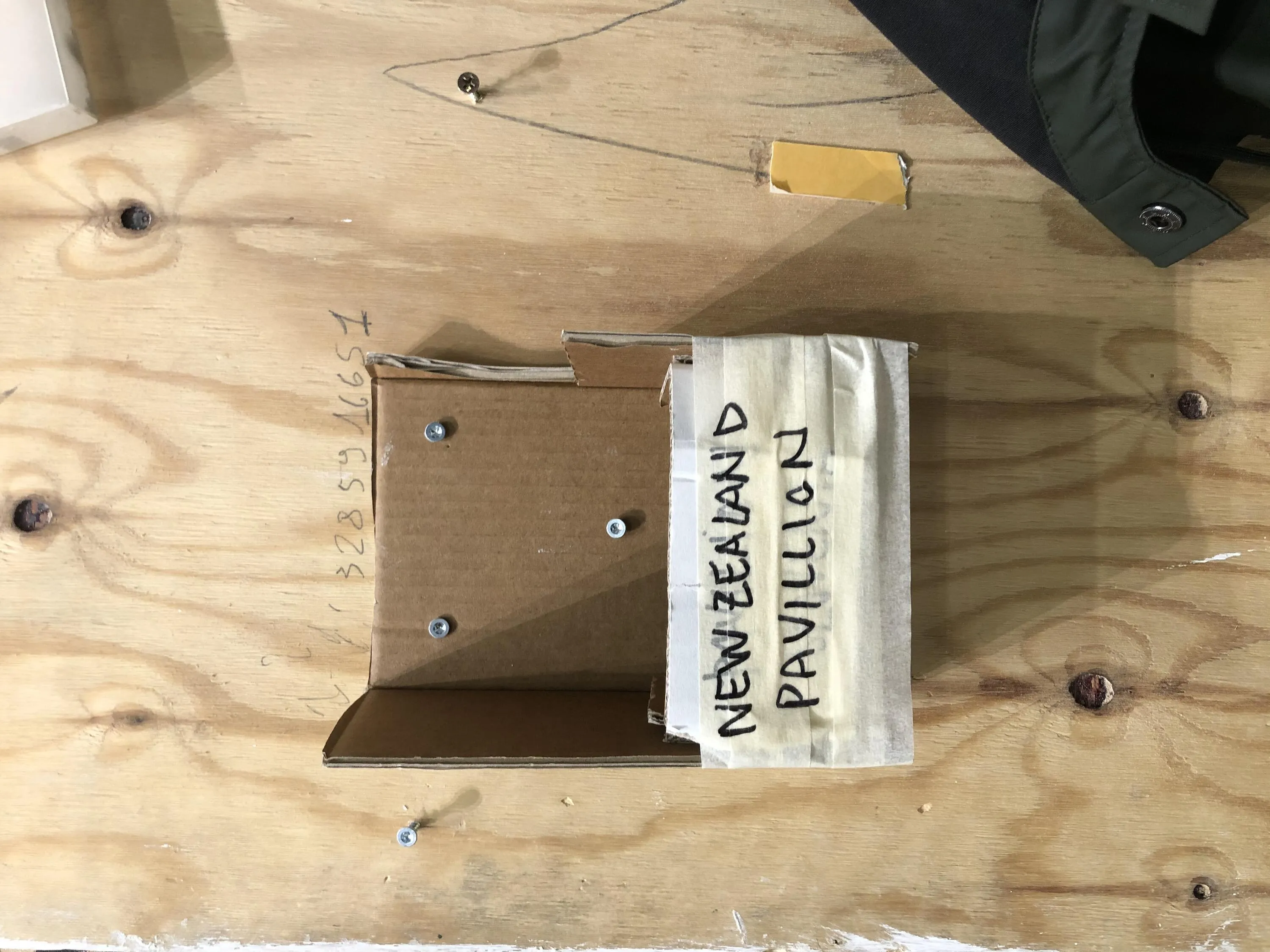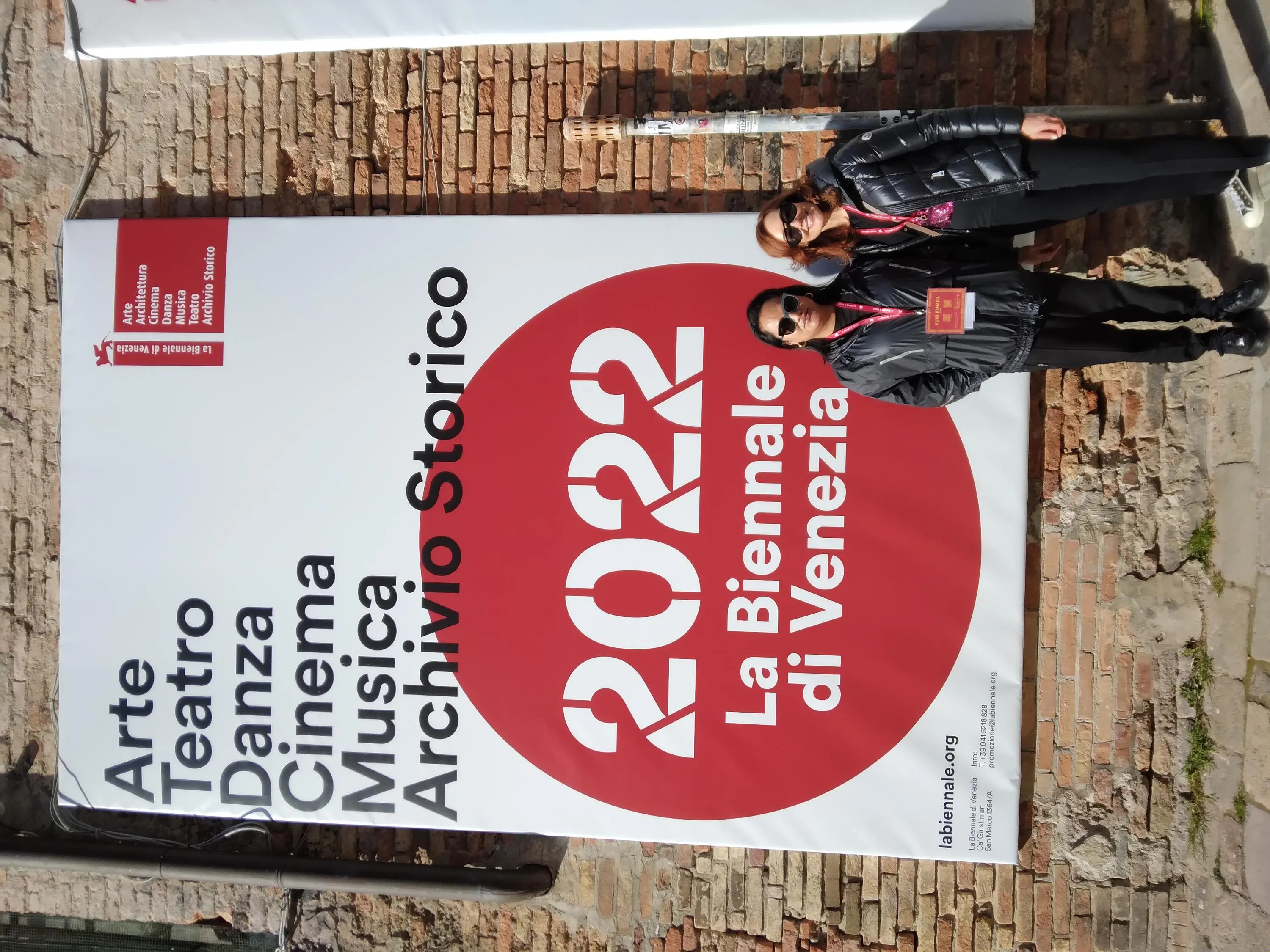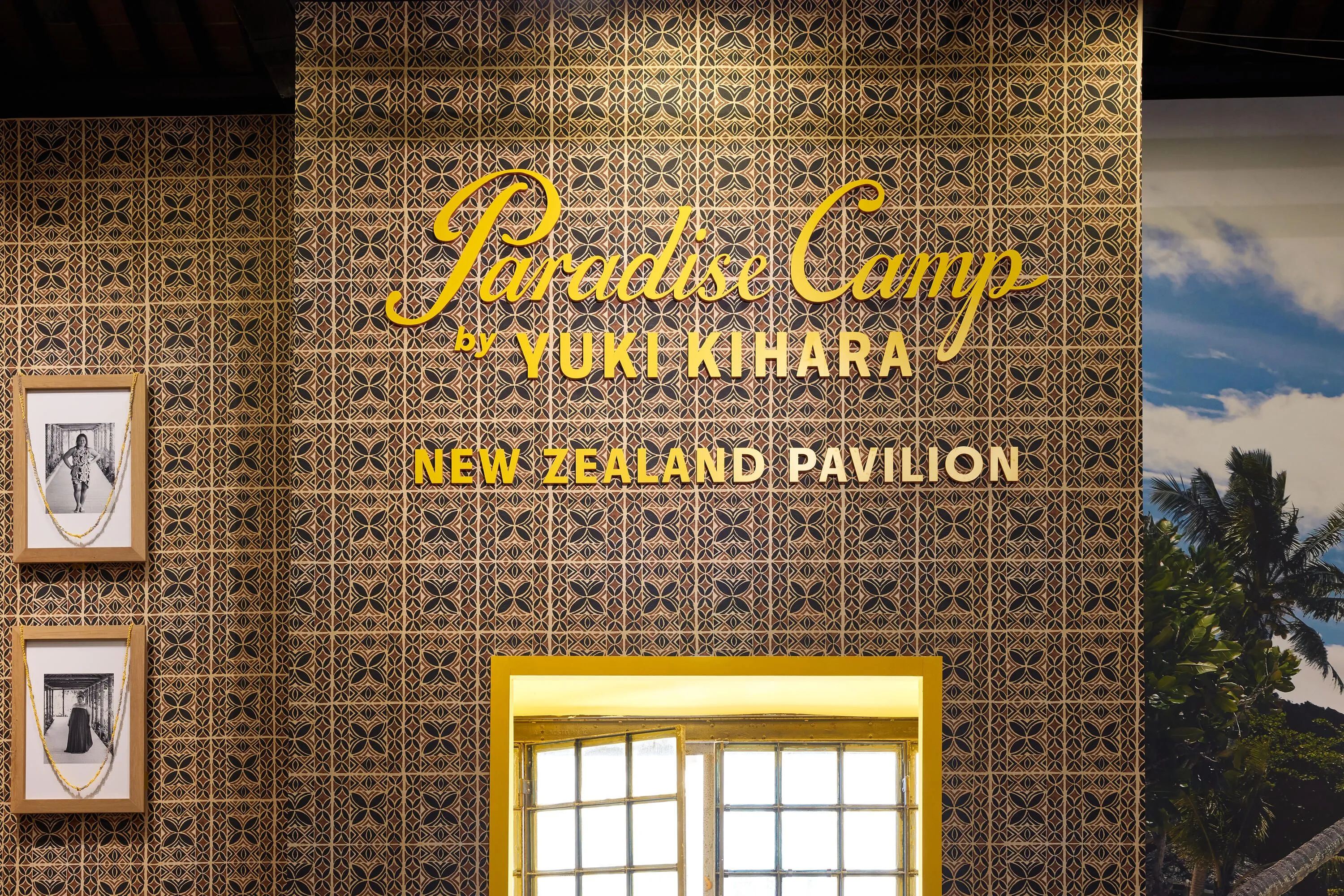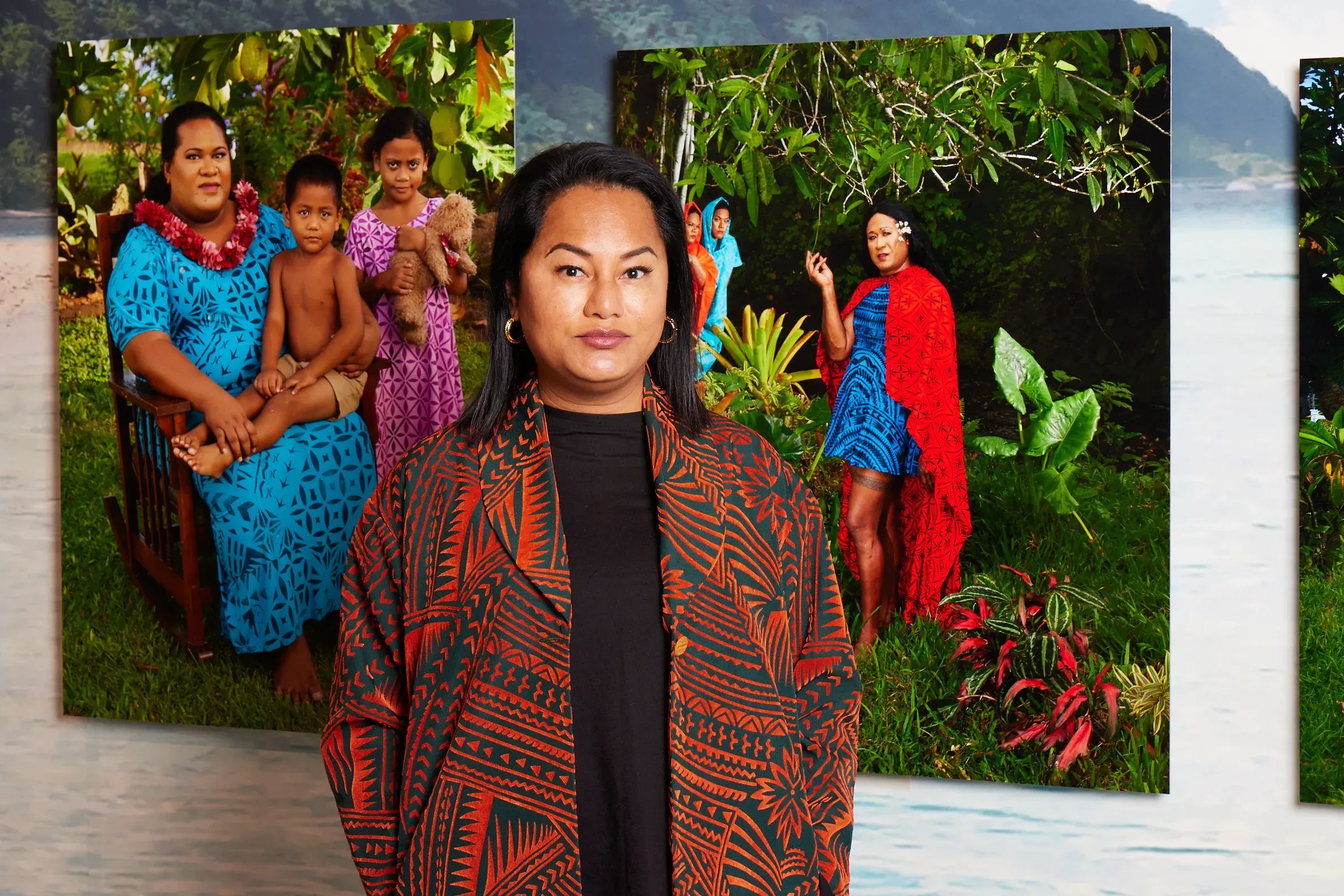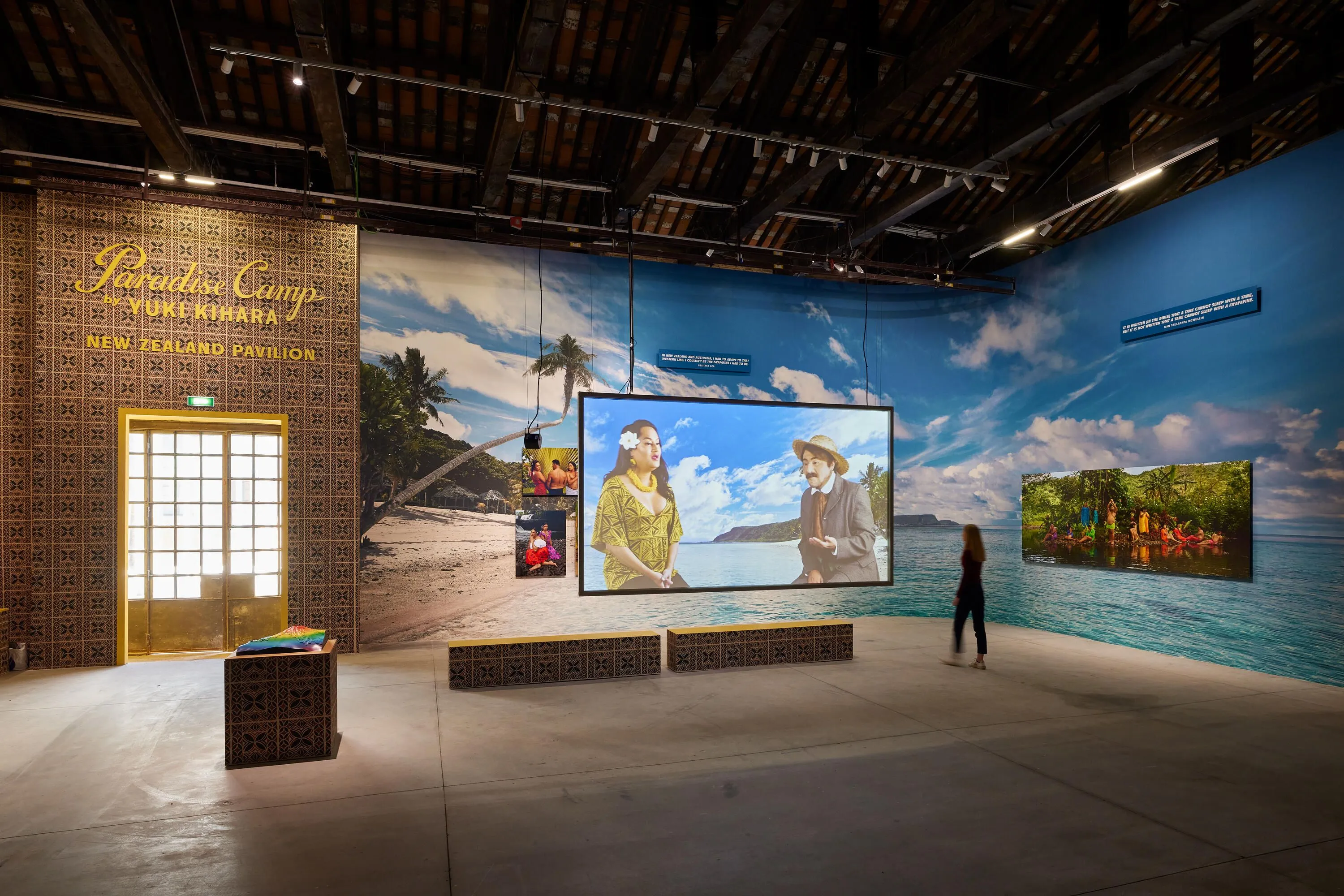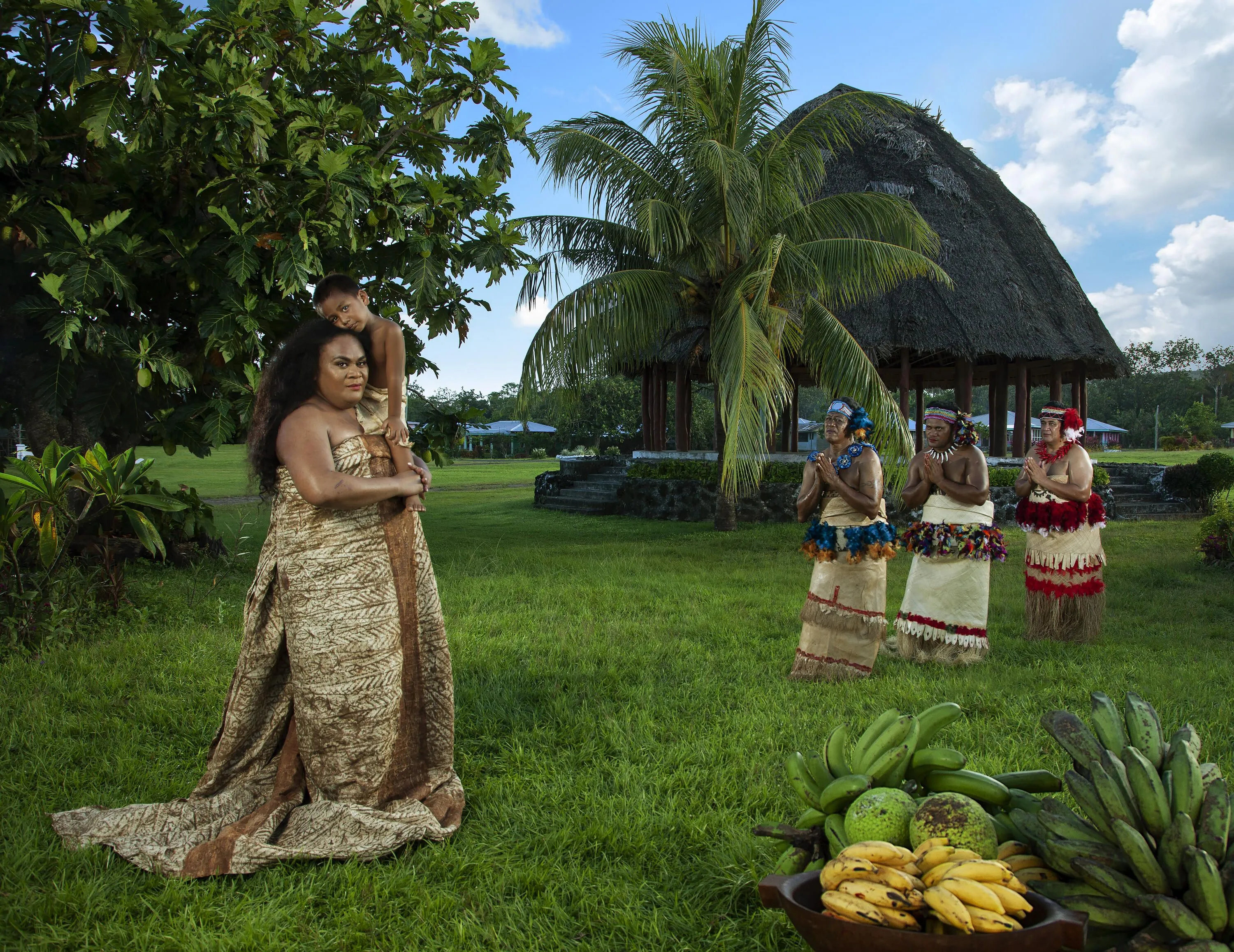History Has Arrived: Yuki Kihara In Her Own Words
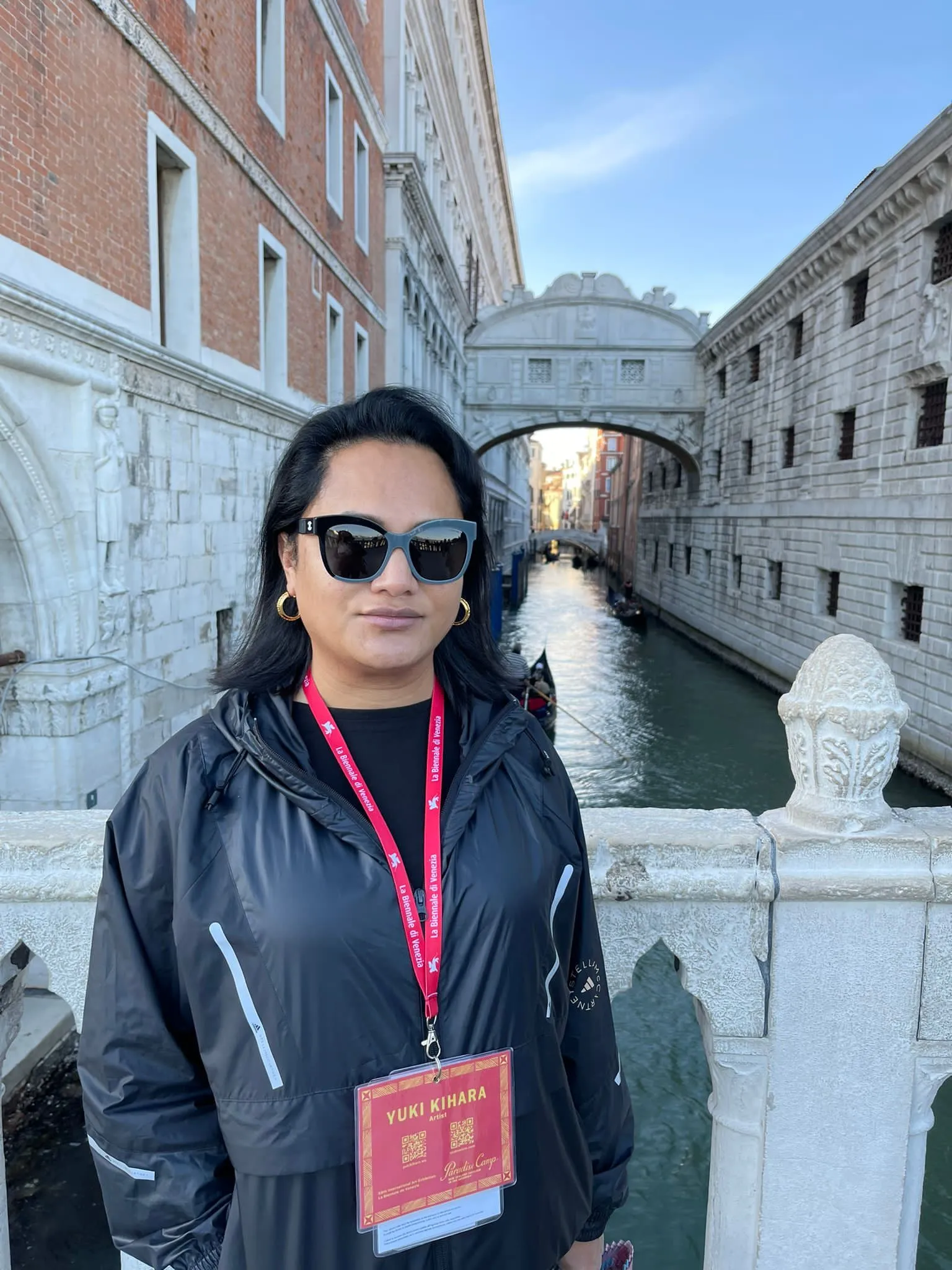
The Big Idea has followed the incredible journey of Yuki Kihara - Creative New Zealand’s Venice Biennale artist since her initial selection for the 2021 event (the pandemic forced its postponement).
With the virtual opening of Paradise Camp last night, Kihara’s years of dedication and devotion are finally receiving the public’s gaze. With the Biennale opening from 23 April through until November, this is Kihara’s time to shine.
In one of her first interviews since she touched down in Venice, Kihara told The Big Idea about the historical significance of the opening of a project that’s been eight years in the making.
“During the flight, I was constantly checking my emails whenever I woke up as the works were being installed whilst I was en route. What I need right now is physical energy as I have been drained since my recent surgery.
“I wanted to arrive fit in Venice given the major tasks ahead of me and my team, as I literally had to hit the ground running as soon as I arrived in Venice after I dropped off my luggage at the hotel. There’s so much to do with so little time!”
There was a chance that yet again COVID would prevent travel. You stated that as an artist not being present during the installation would be frustrating - and more so the awful prospect of not actually being present during its run. What was your first response seeing the show finally up in Venice?
“It was so surreal when the installers first sent iPhone pics capturing the progress of the installation of Paradise Camp – it was amazing! I also had a follow-up to monitor the installation over Zoom and that looked fabulous as well, so I can imagine the visual impact Paradise Camp will have once I’m physically standing in the exhibition.

A bit of work needed to be done - fair to say... Photo: Yuki Kihara.
“My curator Natalie King kindly introduced me to Anita Gigi Budai, a Melbourne-based exhibition designer who previously worked on Tracey Moffatt’s exhibition at the Australian pavilion at the 57th Venice Biennale in 2017. Anita has done a tremendous job in assembling the works together into a cohesive experience given that there are so many thematic threads in Paradise Camp.
“It’s also an added bonus that for the first time in the ‘theirstory’ of the NZ pavilion, we have an interactive component with smartphones and a virtual attendant that is fully accessible online in order to provide an in-depth experience into the Paradise Camp universe.”
Aside from your amazing team, are there any aiga or friends that were fortunate to accompany you on this trip? What has been the response of the fa’afafine community in Sāmoa?

NZ team dinner in Venice. Photo: Supplied.
“My family is cheering from afar in Sāmoa and I share daily photos of our preparation so I feel that they are part of the process and excitement.
“Although Paradise Camp hasn’t even opened yet, my family and friends are super excited to follow me on social media to see my journey, which makes them feel like they’re coming along on the trip with me.
“I’ve been receiving DMs from the Fa’afafine models in Paradise Camp who are excited about how the work will be received by the rest of the world. However, I had to reassure them that they looked gorgeous and what others say doesn’t matter as Paradise Camp is for us, but I know that if it wasn’t for the global pandemic they would have shown up in force and expected the red carpet laid out for them for vernissage (private preview of the show).”
In an interview last year you stated: ‘I’m confident it (Venice Biennale) will be successful, the core audience is actually the fa’afafine community in Sāmoa, if they feel empowered by what I do then I’ve done my job as an artist.’ This statement is powerful and humbling, how does the experience of being in Italy align with your words?

Photo: Supplied.
“To me, the Venice Biennale is a microcosm of what’s happening in the world.
“I do think that the 59th Venice Biennale is important because this year is the first Venice Biennale under the pandemic that had to be postponed by one year. In addition, we have many national pavilions representing artists from an underrepresented community for the first time, alongside the national pavilion being included for the first time which signals a momentous cultural shift in the world.
“However, there are obstacles and challenges that come with being first in uncharted waters hence why I initiated the Firsts Solidarity Network (many national pavilions operate in silo, the network helps break the ice for the pavillions to come together) to provide support among the pavilion of ‘firsts’ including the national pavilions of Albania, New Zealand, Singapore, Nepal, Poland and Great Britain.
“I want to create solidarity and provide support that allows for closer collaboration between the pavilions whilst sharing audiences. Firsts Solidarity Network will be presenting a series of activities during the seven-month exhibition duration of the Venice Biennale, so watch this space!”
Do you have expectations how your work will translate to a European audience?
“To be honest, Paradise Camp was made for the Fa’afafine community in Sāmoa as a primary audience. Presenting Paradise Camp at the Venice Biennale adds to the kudos in addition to touring internationally before it travels to Sāmoa in 2023/24 that I know the locals - including the cast, crew, sponsors and stakeholders - would appreciate after all our collective hard work. I also hope Paradise Camp can provide a safe space for the Fa’afafine community to enjoy the exhibition and a moment of reflection on how far we have come as a community.”

Yuki Kihara, Si‘ou alofa Maria: Hail Mary (After Gauguin), 2020. Image: Supplied.
Your work is multi-layered in regards to re-framing sexuality, gender, colonisation etc and you have stated that for all that it points to (and points out) that the viewer is confronted with their own worldview, why is this important?
“There are elements in Paradise Camp that I’m still personally and emotionally confronted by, particularly the series of archives that pertains to how Fa’afafine has been represented in the media because of the repercussions of anti-Fa’afafine laws imposed by the New Zealand colonial administration.
“However, I’m also highlighting the resilience of the Fa’afafine community against social and political obstacles within the Sāmoan context.”
I want to ask about your journey towards this moment. Was there a moment or period that you knew the trajectory you were on would be realised? Who were the key people who nurtured you toward this dream, long before people started to sit up and take notice of your work?
“Te Papa bought a dress entitled Bombasific in the early 90’s that also won the Du Pont Lycra Student Fashion Design Awards when I was still a fashion student at Wellington Polytechnic.
“I felt validated and inspired to develop a seasonal collection informed by archival research infused with the politics of being diasporic in Aotearoa. At fashion school, I learnt about Western fashion designers as an add-on to my growing interest in the theatricality of fashion that has directly informed my art practice.

Paradise Camp in all its glory. Photo: Supplied.
“While I’m representing Aotearoa at the Venice Biennale on my own, I also stand together with a community of people including my family, friends and colleagues who have supported me throughout my art practice.
“I’m also grateful for my Māori whānau whose cheering from the side-lines - in particular Emeritus Professor Ngahuia Te Awekotuku, who’s been a great supporter of my work since we first met at the 4th Asia Pacific Triennale in Brisbane in 2002; curator Megan Tamati Quennell for her advocacy with my work and also sits on our Advisory Council for Paradise Camp; and artist Niwhai Tupaea for her on-going encouragement.”

Yuki Kihara inside the New Zealand Pavilion. Photo: Supplied.
How are you dealing with the F word – fame? Or more importantly how are those around you reacting to your accomplishments?
“Fame is something that doesn’t phase me, but I would like for the cast of Paradise Camp to be celebrated as they are the ones deserving of recognition - for their contributions to Sāmoan society that often undermines the Fa’afafine community [and] who often work silently behind the scenes, without anyone taking notice of their dedication and care for their family and village.”

Yuki Kihara and Natalie King in Venice. Photo: Supplied.
Aside from hanging out with your team at your incredible show, what other shows do you plan to visit while you’re at the Biennale?
“I plan to visit the national pavilions that are part of the Firsts Solidarity Network including Albania, Singapore, Nepal, Poland and Great Britain and also the Japan pavilion not only because I am part Japanese but I have long admired Dumb Type – a performance art group who are finally being given recognition at the Venice Biennale.”
You can see Paradise Camp for yourself on the Virtual Explore here.
